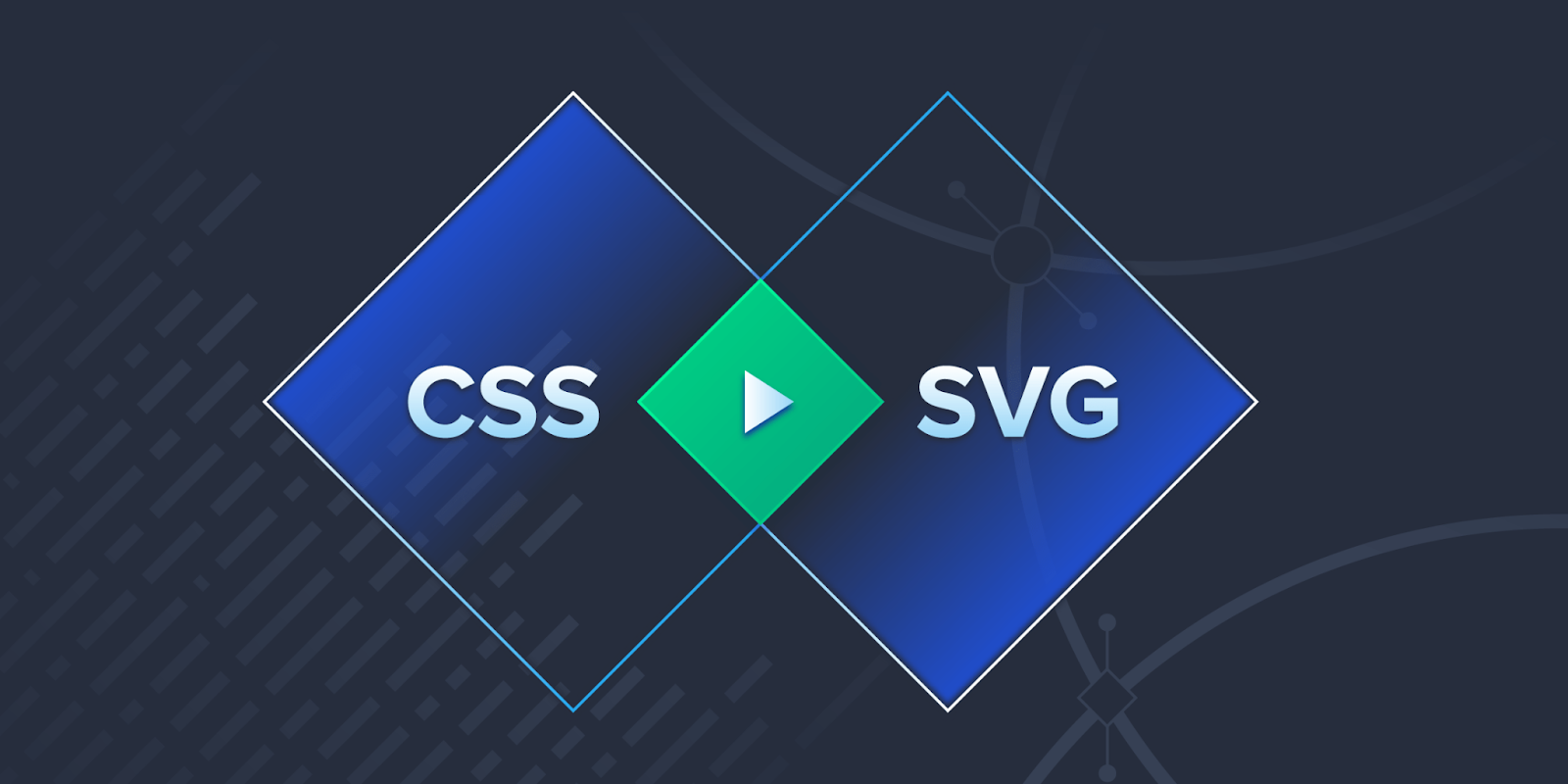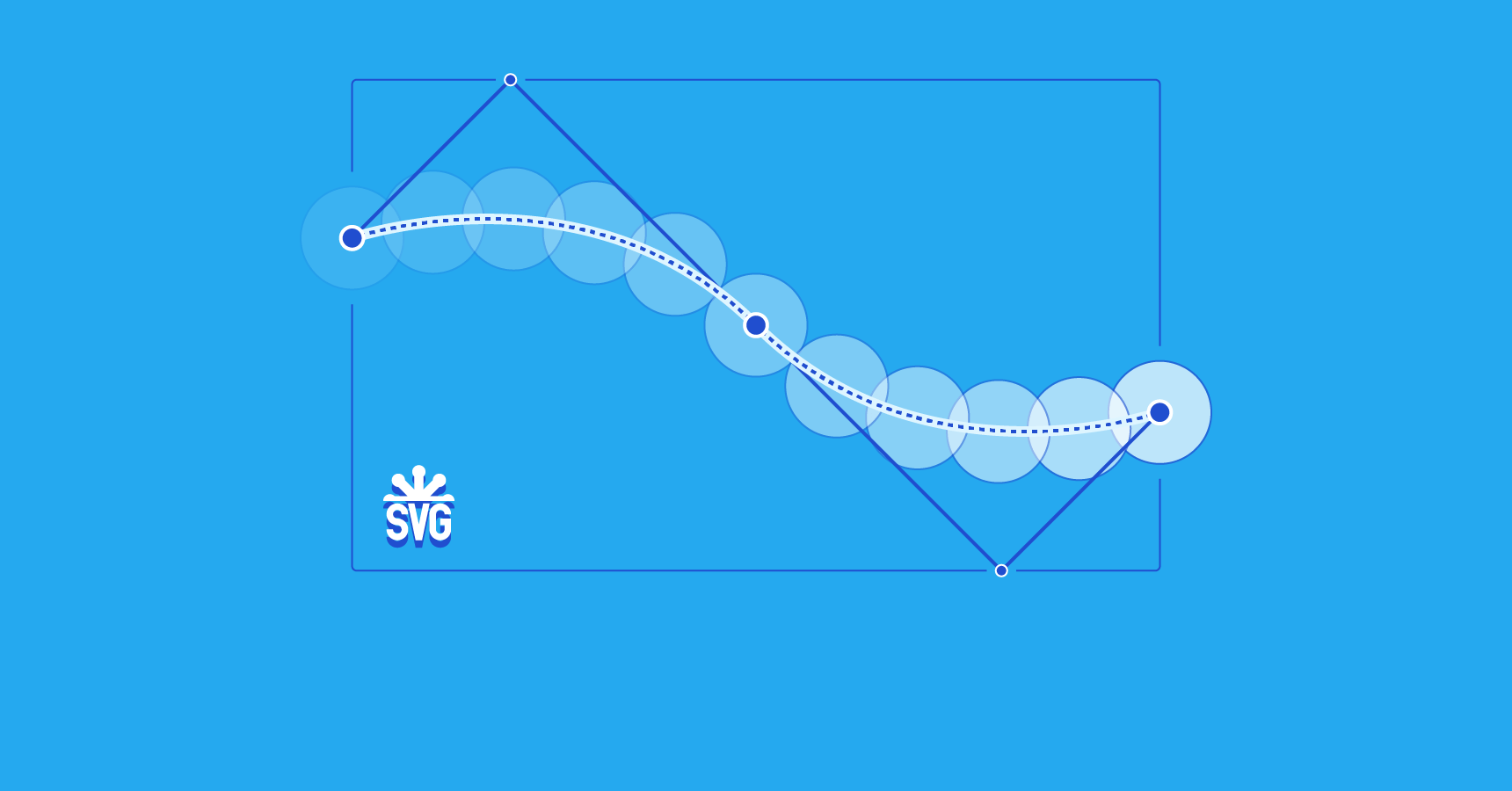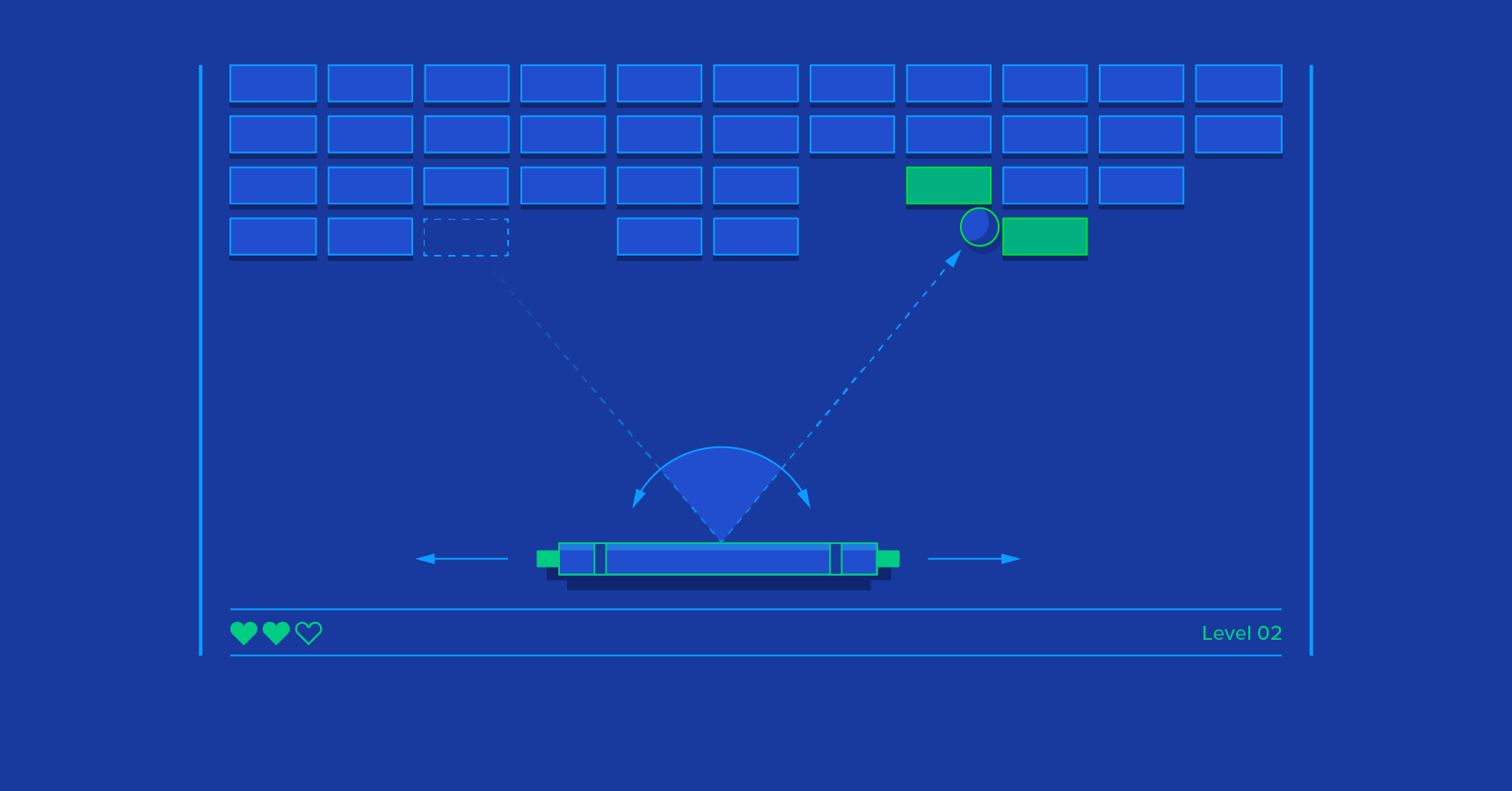How to Approach SVG Animations in CSS
Animations make websites look more polished and exciting, and help improve user experience. Explore how the combined potential of SVG and CSS can be leveraged to create animations without relying on external libraries.

Filip Defar
A How-to Guide to SVG Animation
The advantages of SVG on the web go beyond producing resolution-independent graphics. With a little CSS and JavaScript, you can apply cool animations and effects to your front end without requiring the user to install bulky plugins.

Juan Calou
iOS Animation and Tuning for Efficiency
Smooth animations and flawless transitions are key to perceived performance in modern mobile applications. Without the right tools, tuning iOS animation for efficiency can be a challenge in itself.
In this article, Toptal engineer Stefan Progovac demonstrates the role of Instruments, a sophisticated set of performance profiling tools for iOS, discussing how they can help you understand animation performance bottlenecks and some strategies for working around them.

Stefan Progovac
Video Game Physics Tutorial - Part III: Constrained Rigid Body Simulation
In Part I of this three-part series, we saw how the free motion of rigid bodies can be simulated. In Part II, we saw how to make bodies aware of each other through collision and proximity tests. Up to this point, however, we still have not seen how to make objects truly interact with each other. The final step to simulating realistic, solid objects, is to apply constraints, defining restrictions on the motion of rigid bodies.
In this article, we’ll discuss equality constraints and inequality constraints. We’ll describe them first in terms of a force-based approach, where corrective forces are computed, and then in terms of an impulse-based approach, where corrective velocities are computed instead. Finally, we’ll go over some clever tricks to eliminate unnecessary work and speed up computation.

Nilson Souto
Video Game Physics Tutorial - Part II: Collision Detection for Solid Objects
In Part I of this three-part series on game physics, we explored rigid bodies and their motions. In that discussion, however, objects did not interact with each other. Without some additional work, the simulated rigid bodies can go right through each other.
In Part II, we will cover the collision detection step, which consists of finding pairs of bodies that are colliding among a possibly large number of bodies scattered around a 2D or 3D world.

Nilson Souto
Video Game Physics Tutorial - Part I: An Introduction to Rigid Body Dynamics
Simulating physics in video games is very common, since most games are inspired by things we have in the real world. Rigid body dynamics – the movement and interaction of solid, inflexible objects – is by far the most popular kind of effect simulated in games.
In this series, rigid body simulation will be explored, starting with simple rigid body motion in this article, and then covering interactions among bodies through collisions and constraints in the following installments.

Nilson Souto
World-class articles, delivered weekly.
Toptal Developers
- Algorithm Developers
- Angular Developers
- AWS Developers
- Azure Developers
- Big Data Architects
- Blockchain Developers
- Business Intelligence Developers
- C Developers
- Computer Vision Developers
- Django Developers
- Docker Developers
- Elixir Developers
- Go Engineers
- GraphQL Developers
- Jenkins Developers
- Kotlin Developers
- Kubernetes Experts
- Machine Learning Engineers
- Magento Developers
- .NET Developers
- R Developers
- React Native Developers
- Ruby on Rails Developers
- Salesforce Developers
- SQL Developers
- Sys Admins
- Tableau Developers
- Unreal Engine Developers
- Xamarin Developers
- View More Freelance Developers
Join the Toptal® community.





